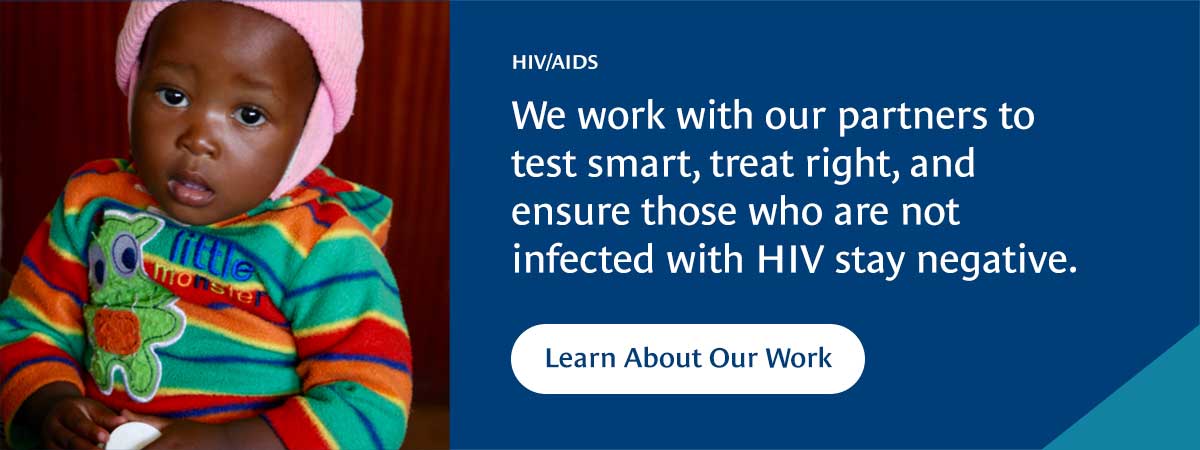Mother-to-child transmission of HIV is much lower now than it used to be due to the increased availability of antiretroviral therapy. Still, a small proportion of infants are born with HIV when mothers have high viral loads (VL) in utero, during delivery, or when breastfeeding. To eliminate HIV, it is crucial to identify women with high viral loads during pregnancy and support them to achieve viral suppression (low levels of the virus) by improving drug adherence or switching to optimal drug therapy.
CHAI supported the government of Zimbabwe to conduct a study to examine whether the use of point-of-care (POC) VL testing at health facilities during pregnancy improved HIV viral suppression at delivery. The study took place at 20 health facilities from 2019-2020: 10 health facilities had POC test platforms at the facility which could process tests more quickly and 10 facilities relied on existing platforms at centralized laboratories. A total of 1,782 pregnant and delivering women were enrolled in the study.
The results demonstrated that pregnant women tested on the POC VL platform at the facility were four times more likely to receive their results within 30 days of VL testing compared to women tested at the centralized lab. Additionally, women showing a high VL tested on POC devices were more than seven times more likely to receive clinical follow-up action such as adherence counseling or a drug regimen change within 30 days of testing.
In conclusion, POC VL testing may be an important strategy for elimination of mother-to-child transmission of HIV by informing both pregnant women and their healthcare providers if the body is not responding well to current treatment and allowing them to course-correct to prevent transmission to the infant. More work remains to ensure that the next generation is HIV-free, but POC VL may be one key strategy to get there.
The full results of this study were published this month in AIDS.
This work was funded by Unitaid.







